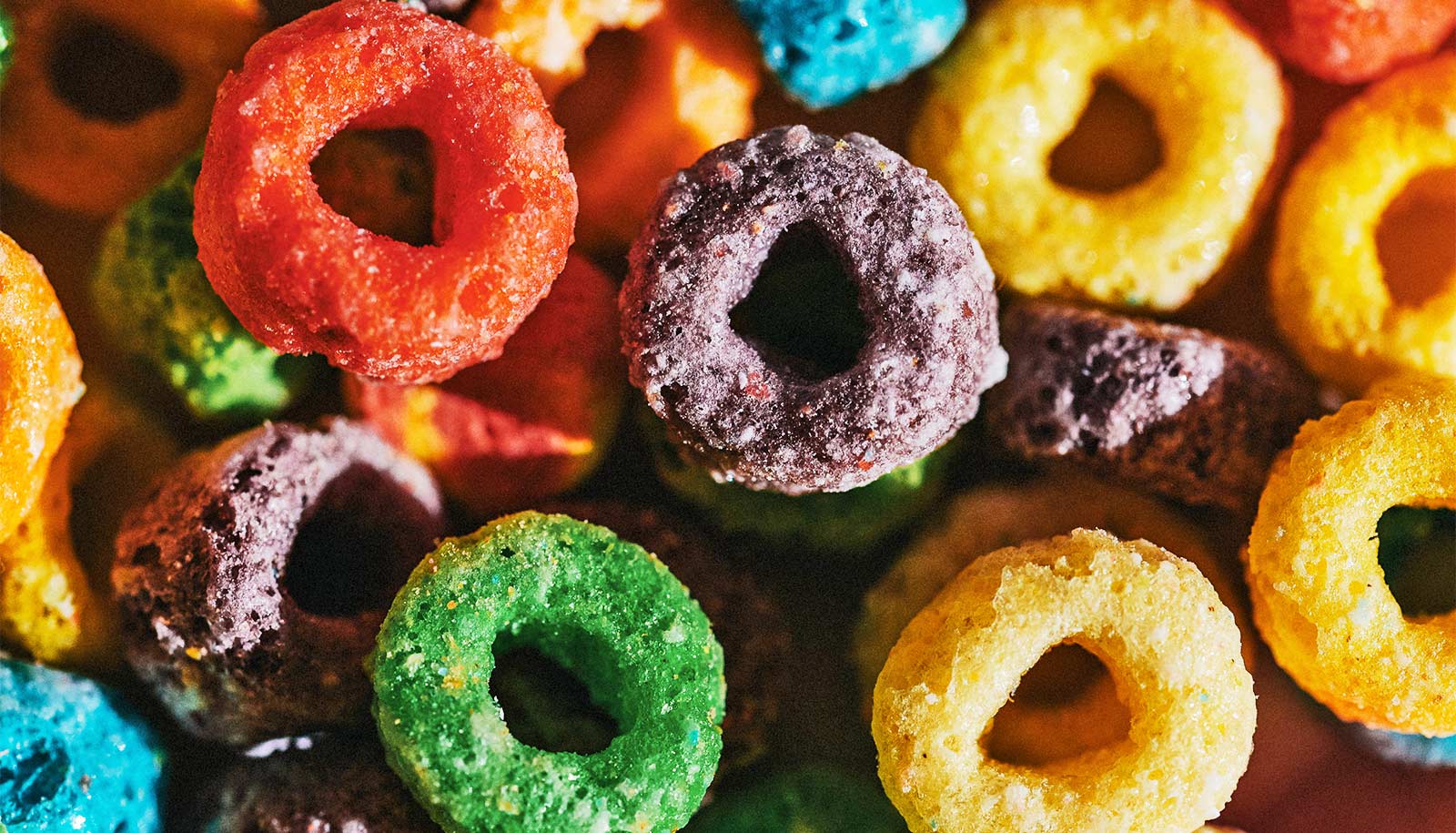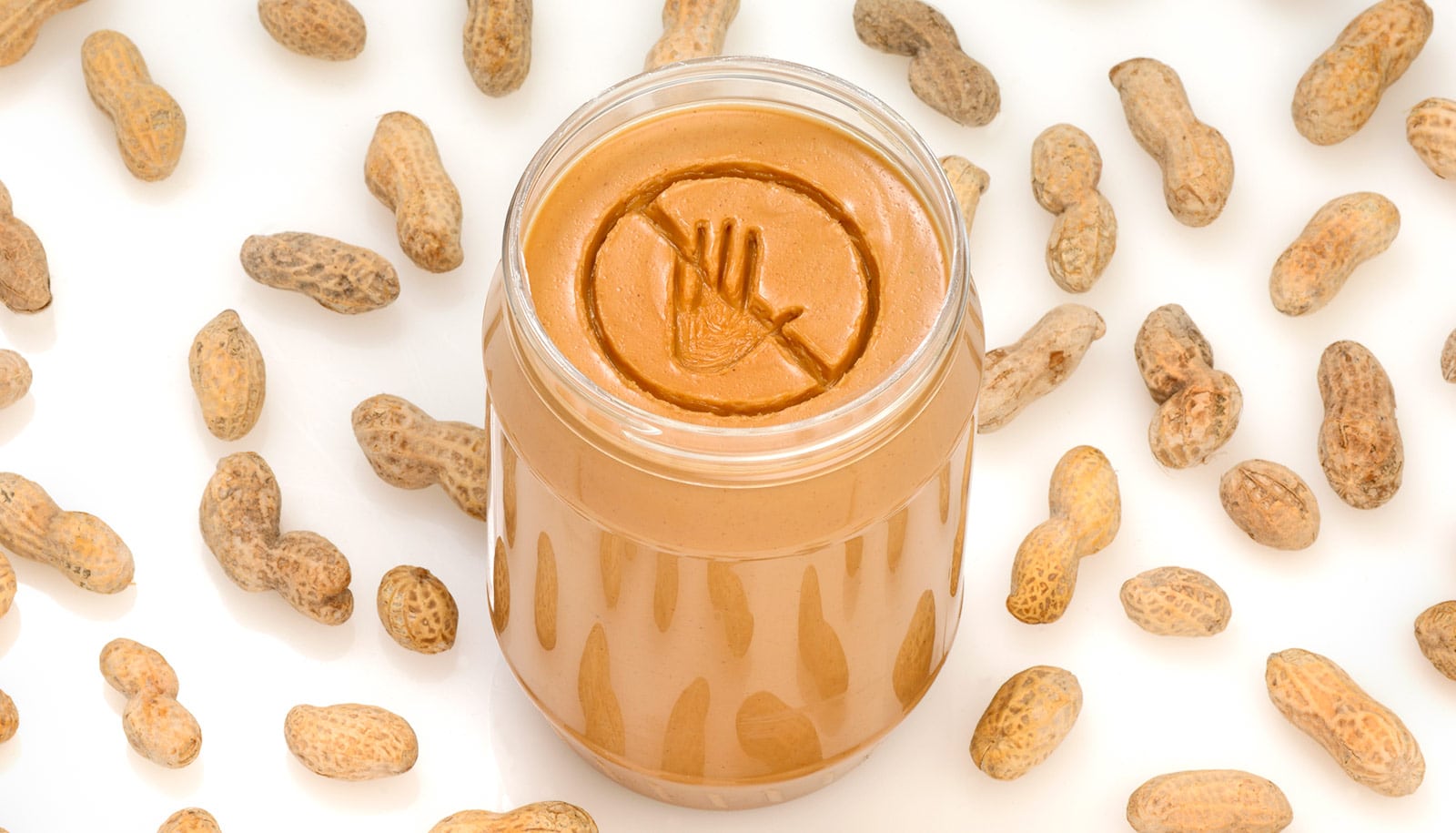The C. elegans roundworm sees by eating, sucking in big gulps of bacteria to learn about its surrounding environment.
For a new study, scientists used a mathematical model to explain these eating bursts. What they discovered clarifies animals’ feeding behavior and the science of decision-making.
“It’s an interesting model for understanding the processes that underlie how animals decide where and when to eat,” says lead author Monika Scholz, an international student research fellow with the University of Chicago’s biophysical sciences program who is now at Princeton University. “For these worms, it’s all about the balance between speed and accuracy.”
Roundworms live in big colonies in soil, such as compost piles, searching for bacteria to eat. Because they lack eyes, roundworms taste as they travel, but every gulp comes with a cost: The bite could contain delicious bacteria, or toxins, or nothing, in which case they’ve spent energy with no outcome.
The straightforward prediction would say the worms should eat a lot when food it’s available, and stop when there is no food. But the ability to collect data on worm feeding over longer periods—an hour or more rather than just a minute or two—allowed researchers to notice an odd burst feeding pattern that didn’t always correlate to the amount of food available. In particular, the worms’ feeding intensified when the amount of food quickly fluctuated.
‘Assembly line’ measures worm cells with a poke
When the data are laid out with a mathematical model that analyzes decisions, the pattern makes more sense, Scholz says.
“What we see is it’s an evidence accumulation task. Whenever the worm needs more information, it keeps taking bites. But if I keep changing the conditions while you’re still deciding, the information is worthless.
“Most organisms live on the boundary of just enough to survive, so there is high evolutionary pressure to be good at these decisions.”
“So the worm keeps trying to accumulate more and more evidence to make its decision, and you see this erratic pattern.”
Understanding these systems is helpful because all animals, including humans, make similar decisions about when and where to eat.
“Most organisms live on the boundary of just enough to survive, so there is high evolutionary pressure to be good at these decisions. Systems for regulating food intake have evolved under situations where food is scarce,” Scholz says.
“Currently much of our understanding of decision-making is investigated at two levels: At a purely theoretical level that is typically very removed from actual data, and psychology/animal behavior studies in complex mammals, which are complicated due to a lot of other factors that influence decision-making.
“So what you have is two very distant levels of understanding. What research like this can do—basic research in simple organisms—is bridge that gap.”
The National Science Foundation and Howard Hughes Medical Institute funded the work that appears in the Proceedings of the National Academy of Sciences.
Source: University of Chicago



